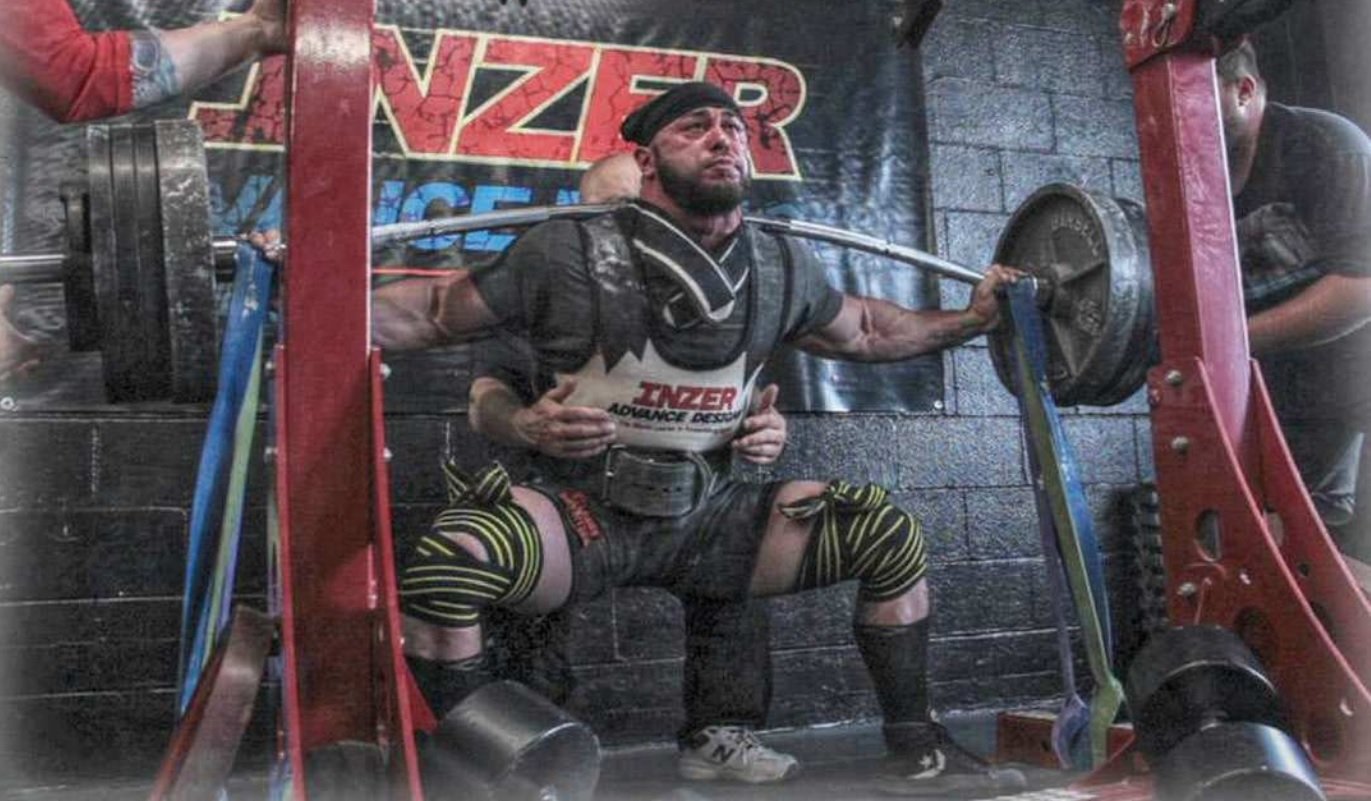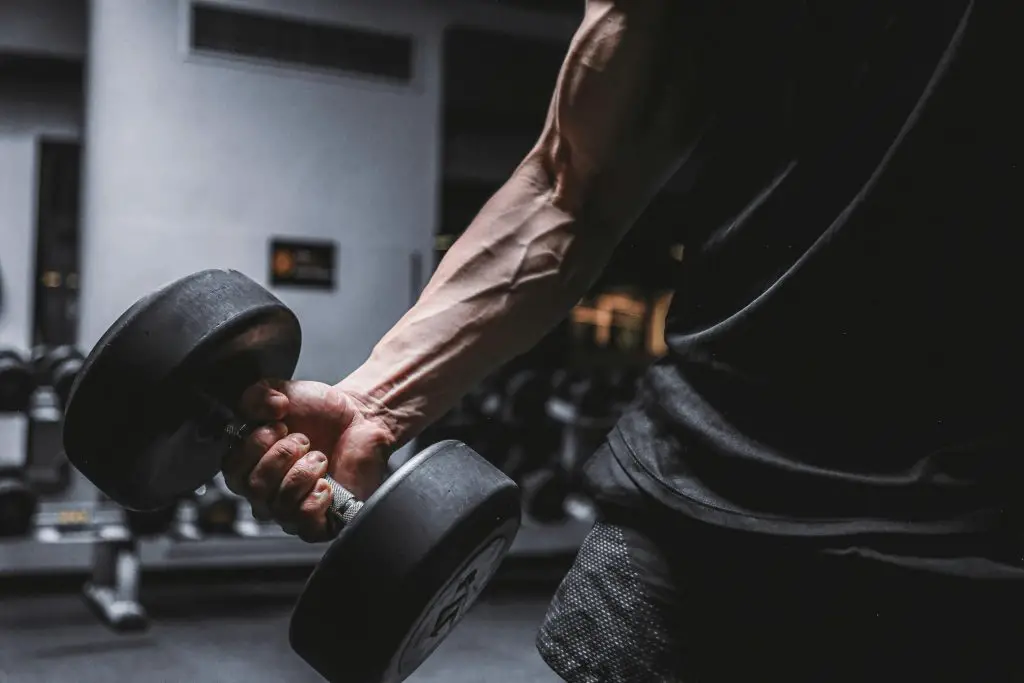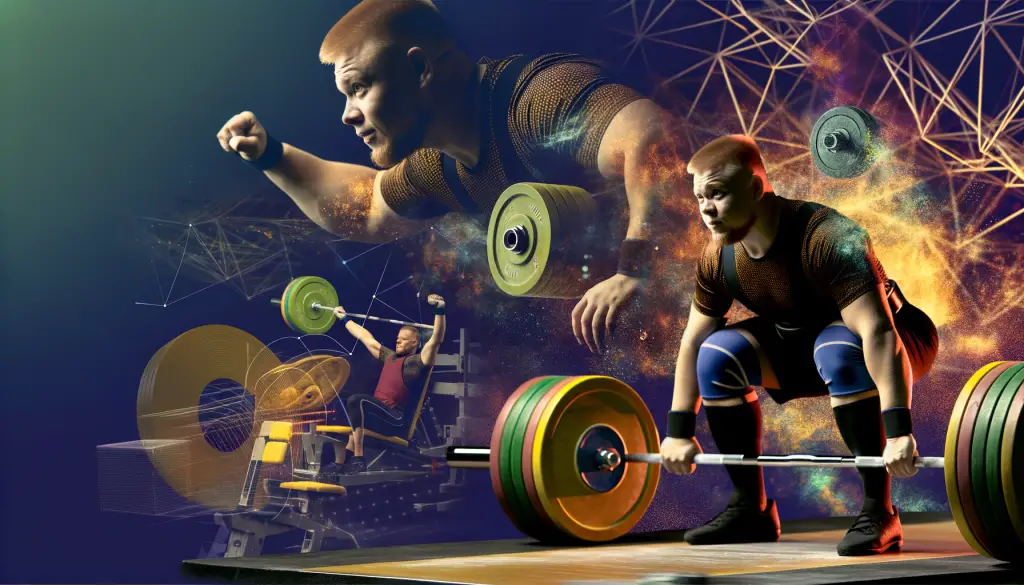Building Strength Through Powerlifting and Progressive Overload
Powerlifting is built on three core lifts—the squat, bench press, and deadlift. On the surface, it’s simple. But when you combine these movements with progressive overload and mobility training, you create one of the most effective systems for building strength, muscle, and long-term performance.
This guide breaks down powerlifting fundamentals, how progressive overload drives growth, and why mobility is essential for staying strong and injury-free.
What is Powerlifting?
Powerlifting is a strength sport where athletes attempt maximum weight on the squat, bench press, and deadlift. It grew out of “odd lift” contests and evolved into today’s standardized competitions.
There are two main styles:
Raw (unequipped): lifting without supportive gear—just you, the bar, and your strength.
Equipped: uses squat suits, bench shirts, and wraps that add weight to your lifts.
Even if you never compete, powerlifting offers a foundation for strength training. These compound movements work multiple muscle groups at once, making them staples in both athletic performance and everyday fitness.

Why Strength Training Matters
Strength training in powerlifting isn’t just about bigger numbers—it’s about building a stronger, more capable body.
Key benefits include:
Balanced muscle growth: Squats, benches, and deadlifts hit nearly every major muscle group.
Consistency pays off: Regular training builds muscle (hypertrophy) and stronger neural pathways.
Mindset & discipline: Strength training boosts confidence and mental resilience.
Longevity: Mobility work reduces injury risk and keeps joints healthy under heavy loads.
With strong technique and steady progress, you’ll build strength that carries over into both the gym and daily life.
Progressive Overload: The Driver of Gains
Progressive overload is the principle that fuels strength gains. It means gradually increasing training stress so muscles adapt and grow. Without it, progress stalls.
Ways to use progressive overload:
Add weight in small, steady jumps.
Increase reps or sets over time.
Track workouts to measure progress.
Prioritize recovery—nutrition, sleep, and rest days matter as much as training.
Progressive overload is about patience. Push too hard and you risk setbacks, but steady, consistent progress leads to lasting results and new PRs.
Mobility for Powerlifters
Mobility work keeps lifters moving well and lifting safely. It improves range of motion, supports technique, and reduces the risk of injury under heavy loads.
Mobility benefits:
Deeper, safer squats.
Better shoulder positioning for bench press.
Lower injury risk from tight muscles and joints.
Effective mobility drills:
Dynamic warm-ups: leg swings, arm circles, hip openers.
Foam rolling: reduce tightness and improve tissue quality.
Targeted stretches: pigeon pose, thoracic spine rotations, and hamstring stretches.
Just 5–10 minutes of mobility before and after training can make a huge difference in performance and recovery.

Creating a Balanced Powerlifting Program
The best powerlifting program blends strength, recovery, and mobility:
The Lifts – focus on squat, bench, and deadlift with progressive overload.
Mobility – add short, consistent drills to support range of motion.
Recovery – rest, sleep, and proper nutrition are non-negotiable.
Cross-Training (optional): swimming, cycling, or yoga to build endurance and prevent overuse injuries.
Keep a training log to track progress, spot weaknesses, and adjust over time.
Final Thoughts
Powerlifting, progressive overload, and mobility work together to create lasting strength. Whether your goal is hitting PRs in competition or just getting stronger, the path is the same: master the lifts, increase gradually, move well, and recover smart.
Stick with this formula, and you’ll build a strong, resilient body that keeps improving year after year.
